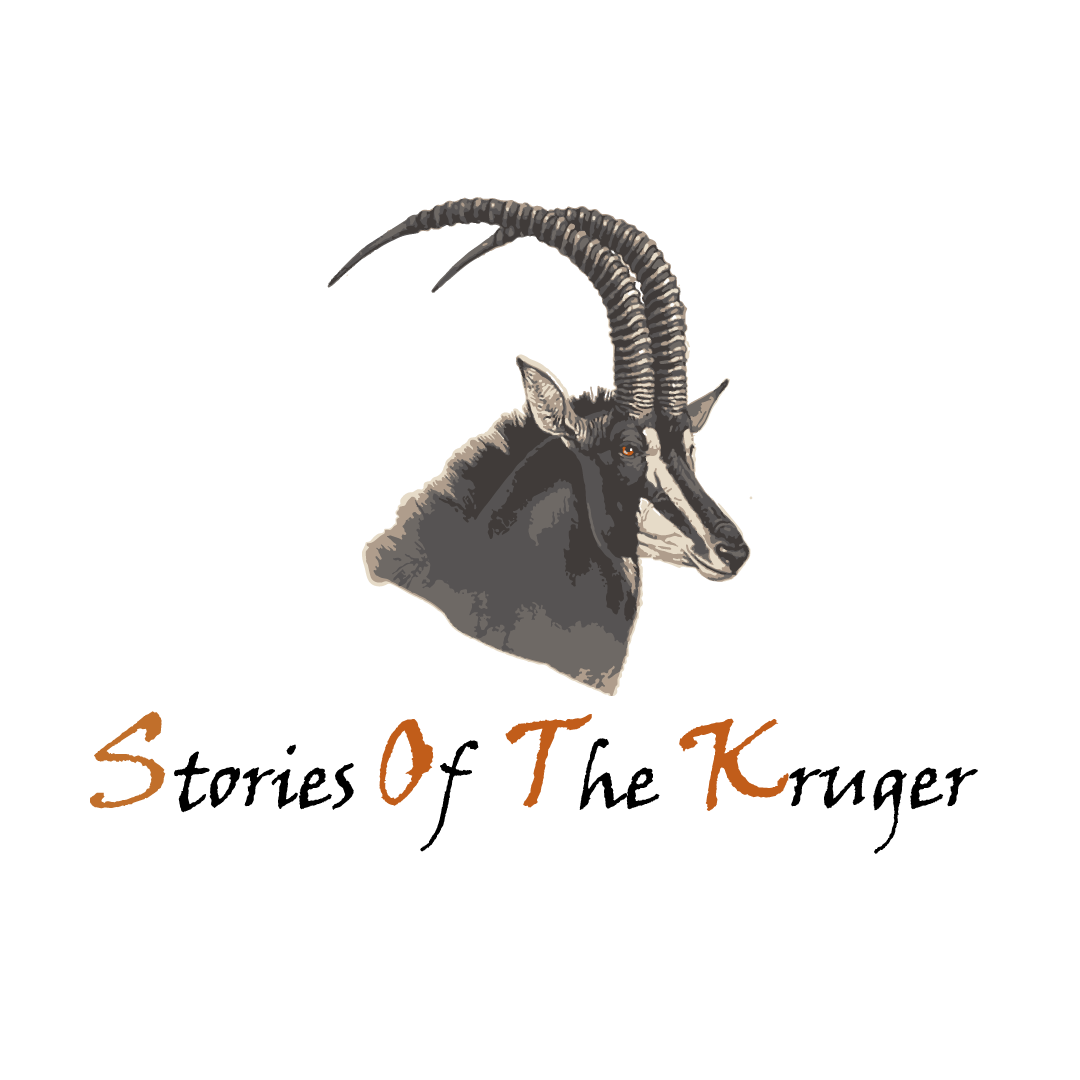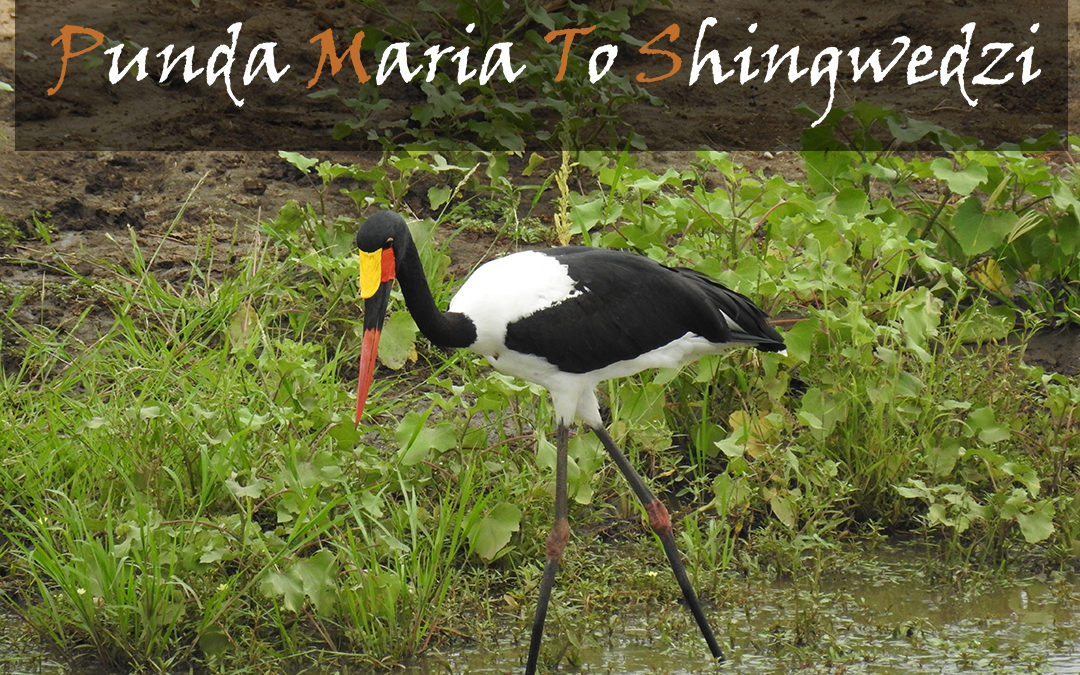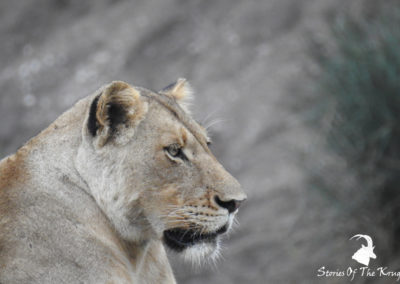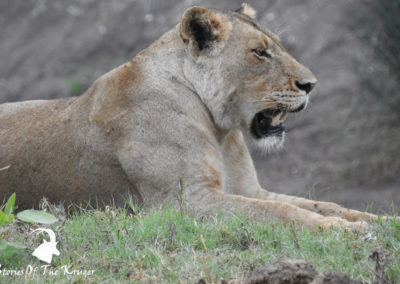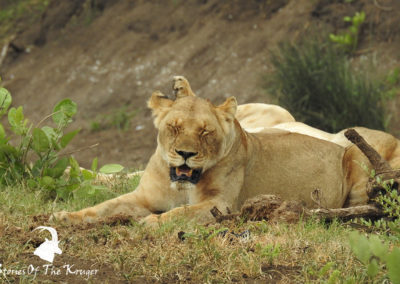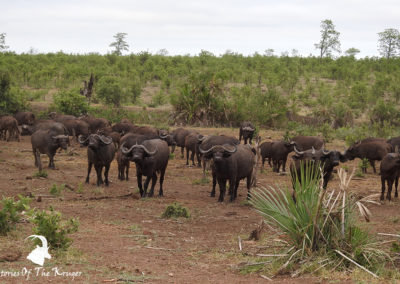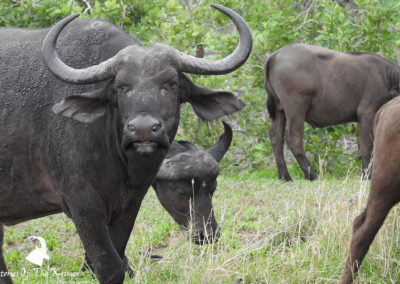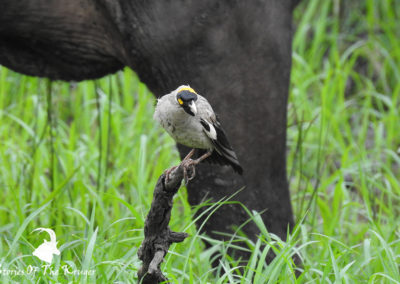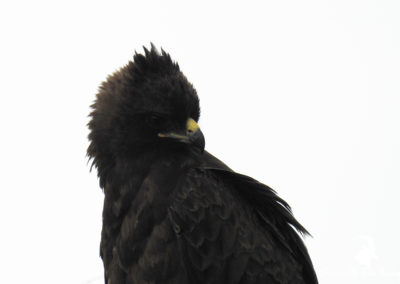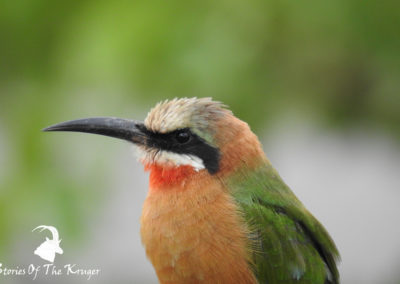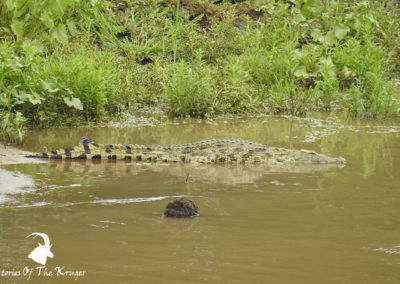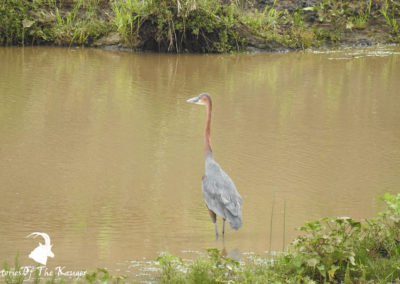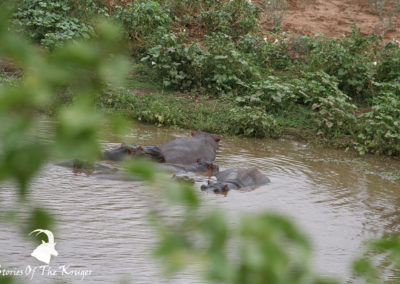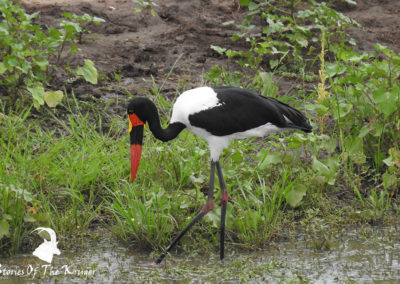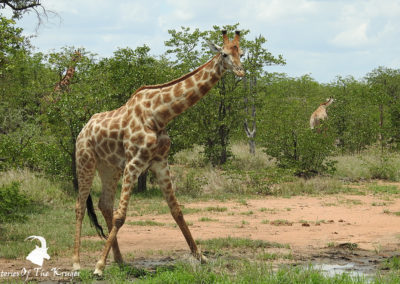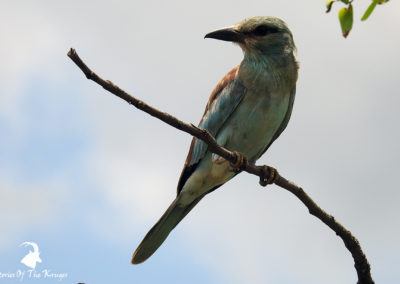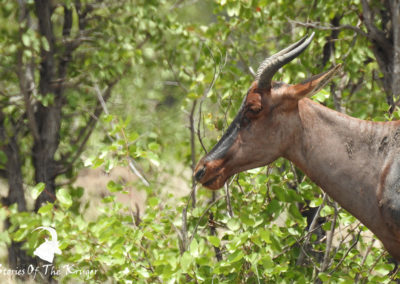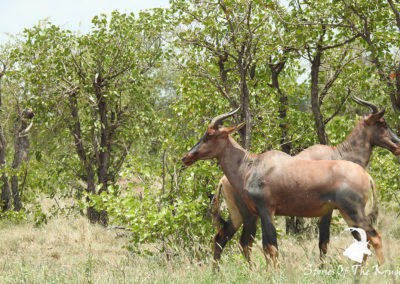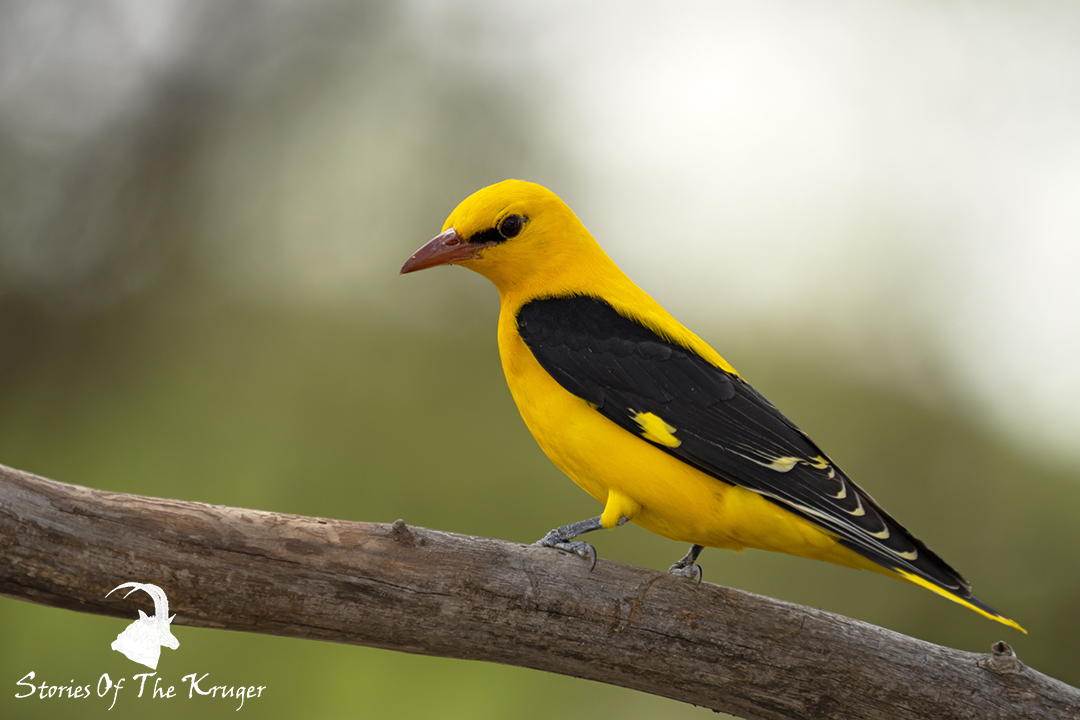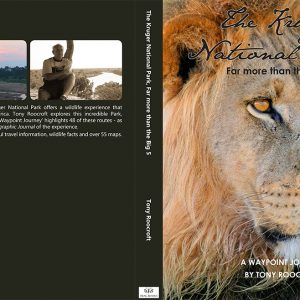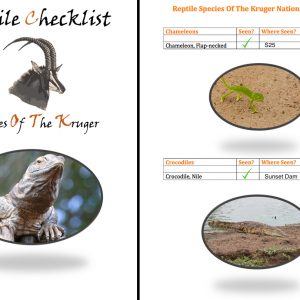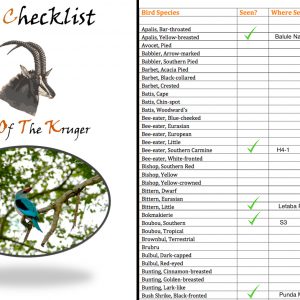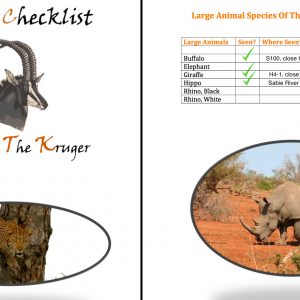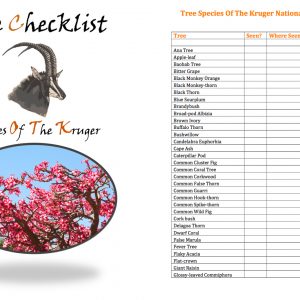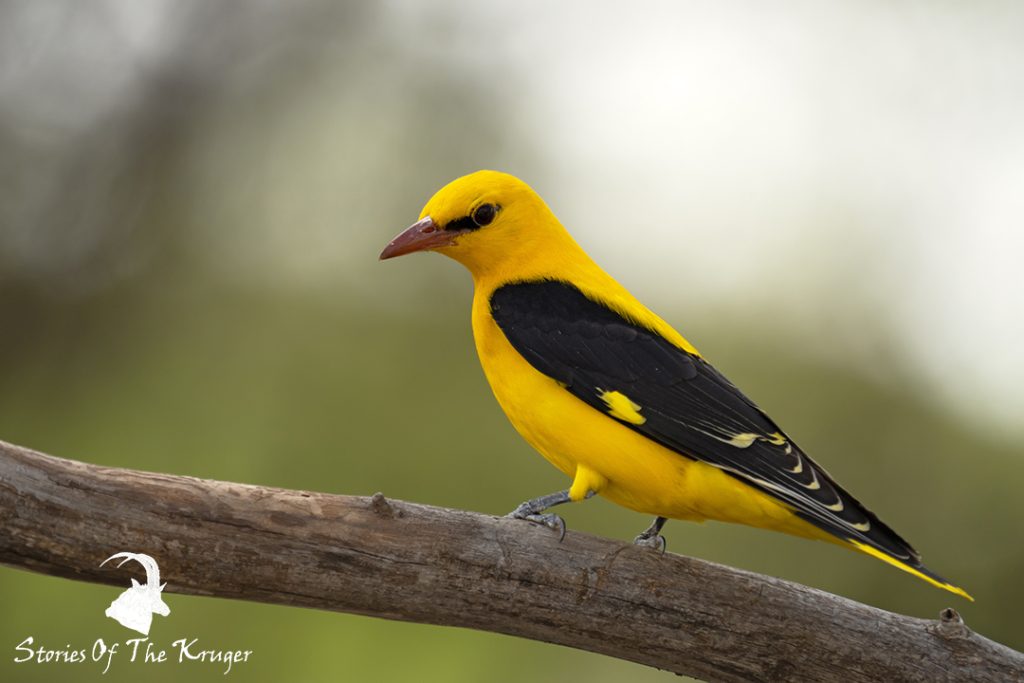Punda Maria To Shingwedzi Drive
What We Saw From Punda Maria To Shingwedzi
The plan was set in place, we were going to drive from Punda Maria to Shingwedzi, do some of the loop roads around Shingwedzi and then make our way back to Punda Maria Rest Camp. It was an early start and we left Punda Maria at 4.30am, as the gates opened. We were lucky enough to hear a Fiery-necked Nightjar, which was still active. We saw Arrow-marked Babbler, Woodland Kingfisher, Swainson’s Spurfowl, Fork-tailed Drongo, Black-headed Oriole, Hadeda Ibis, Blue Waxbill and Red-billed Oxpecker. This was all on the H13-1 tar road. We came across a lot of Impala early morning, but it was relatively quiet for the first 45 minutes, but that was about to change.
More Lions In The North!
We were having an incredible run of Lion sightings, and this continued as we drove along the H1-7 road, past the S58 and Dzundzwini Spring… We then came across 3 Lionesses! What a beautiful sight, they were lying out in the open, and very relaxed. We couldn’t believe our luck! After a bit of time spent, and a few photographs we moved along.
A few hundred meters further down the road we encountered a massive herd of Buffalo. We estimated that there were about 200 of them. The northern Kruger Park is well known for large herds of Buffalo and we were once again fortunate to see them. We did get a bit too close to one female and she mocked charged us, which was a first for us! The close proximity of the Buffalo and the Lions reminded me of two days prior when we witnessed the Lion kill, when a herd of Buffalo got too close to a Lion.
Approaching Shingwedzi
After the Buffalo herd and the Lions the H1-7 was very quiet. We saw some Impala but then as we got close to Shingwedzi, we started to see more wildlife. African Elephant, Burchell’s Zebra, Kudu and Waterbuck. We started seeing more birds as well. A beautiful Lanner Falcon made a brief appearance, and a Wahlberg’s Eagle gave us a photo opportunity. We also saw a few Dove species – Namaqua, Laughing and Cape Turtle. Ostrich, Ground Hornbill, Wattled Starling and Cape Glossy Starling were also seen.
We turned onto the short 2 kilometer road to Shingwedzi, along the Shingwedzi river and we saw Hippo and Nile Crocodile. We also came across a variety birds such as Little Swift, Egyptian Goose, Grey Heron, Yellow-billed Stork, Great White Egret, White-rumped Swift, Goliath Heron, Lilac-breasted Roller, Marabou Stork, Saddle-billed Stork, Blacksmith Lapwing, White-fronted Bee-eater and African Jacana. The river was full of life on this short road, and it probably took us 15 minutes to cover 2 kilometers.
At Shingwedzi Camp
We had breakfast at Shingwedzi, and were fortunate enough to watch a beautiful Violet-backed Starling. The pond at Shingwedzi, close to the toilets, was full of Blue Kurper (Mozambique Tilapia) and small Catfish species, that were possibly Makriel (Silver Catfish).
The Dirt Roads Around Shingwedzi
We drove the S34 for a short while and then we were off on the S50, that has 2 bird hides on it. The water around the hides was dry unfortunately, so we did not manage to see much at them at all.
We continued down the S50 and saw animals such as Impala, Elephants, Giraffe, Blue Wildebeest, Vervet Monkey and Steenbok. Common bush birds such as Black-backed Puffback, Red-billed Hornbill, Yellow-billed Hornbill, Barn Swallow, European Roller and a few other species…
The Rare Antelope Road
The S143 always get’s me excited. It is called the Tropic Of Capricorn Loop, and is well known for rare antelope, my favourite animals to spot! As we turned onto the Tropic Of Capricorn Loop we bumped into a lone Tsessebe, which was great. We had seen so many Tsessebe on Day 1 of our Kruger National Park trip, and it was a pleasure to see this lone male trying to get out of the 38-degree heat. I was really hoping we would come across Roan Antelope or Eland, but not this time, that’s what makes the Kruger what it is, there are always reasons to go back to the same place.
Back To Punda Maria
We continued onto the H1-6 road and saw a few bird species that were seen earlier in the day as well as Southern Carmine Bee-Eater, White Stork, Green Woodhoopoe, Red-chested Cuckoo, and then an amazing sighting of a Böhm’s Spinetail. These Swift-like birds are not very common, but are locally common in the northern Kruger Park.
The rest of the road was pretty quiet. We saw a Steenbok briefly and the Impala were still around.
We got back to camp at around 3.30pm and cooled down in the swimming pool, which was very busy…
It was a bit of a sad end to the day because our next day we would be leaving the amazing Kruger Park, but not without 2 more surprises… One was a rare antelope that we were seeking earlier.
Download The List Of Animals Seen On This Trip (37)
Download The List Of Birds Seen On This Trip (86)
Check Us Out On YouTube
Subscribe to our YouTube channel and watch all our videos, listen to bird calls, animal calls and more!
